1 December 2024
Have you ever stepped into a game world that instantly made you feel something? Maybe it was the eerie silence of an abandoned city or the cozy warmth of a tavern alive with the bustle of digital adventurers. What you felt wasn’t random—it was environmental storytelling at work.
In the realm of video games, environmental storytelling is a powerhouse. It’s this unspoken language that pulls us into a world, gives it life, and stirs our emotions—all without saying a word. Let’s dive headfirst into what makes this form of storytelling so magical and why it’s one of the most brilliant tools game developers have in their arsenal. 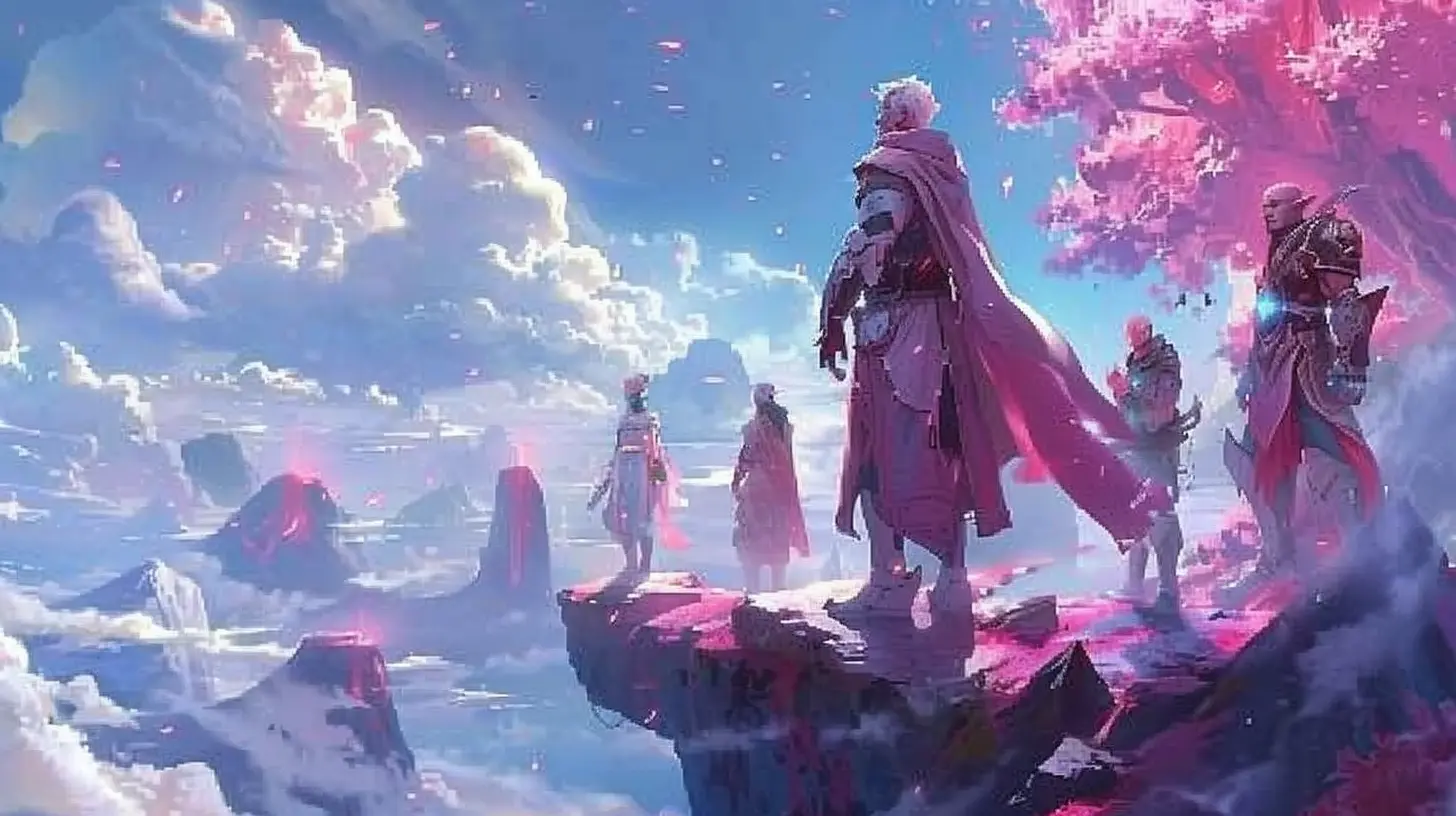
What Is Environmental Storytelling?
Okay, let’s start with the basics. Environmental storytelling is essentially the art of conveying a narrative or evoking emotions through a game’s setting, design, and details. It’s not about dialogue or cutscenes—it’s about the silent stories told through visuals, atmosphere, and subtle interactions. Think of it like reading a room, but on a much grander, more immersive scale.Unlike traditional storytelling, which often spells everything out for you, environmental storytelling invites you to piece the story together. It’s a bit like being a detective. You spot clues, connect the dots, and suddenly, the world around you starts to make sense. And that’s the beauty of it—your experience becomes personal because you’re the one unraveling the threads. 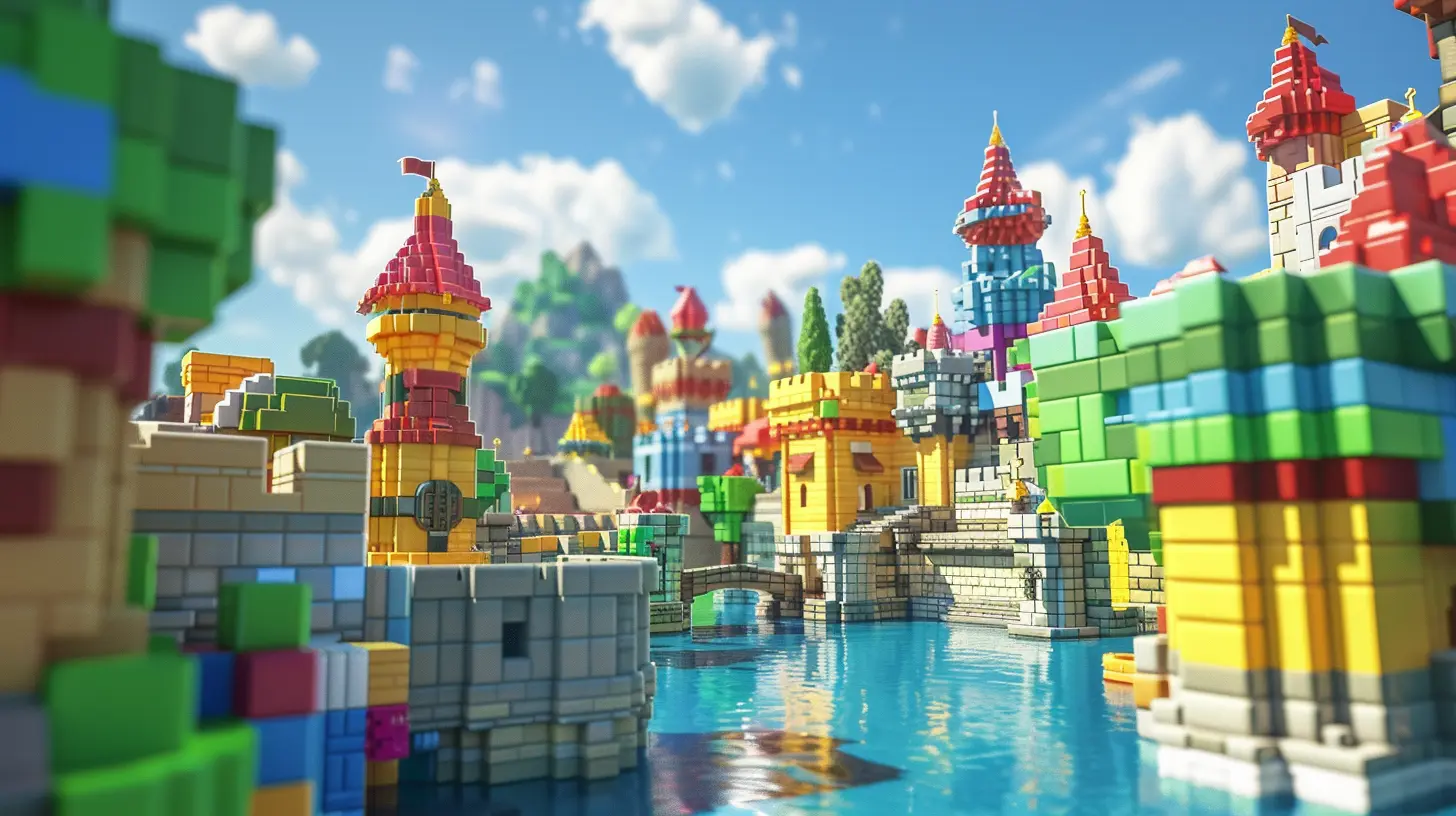
Why Does Environmental Storytelling Matter?
Why go through all this effort when developers could just throw in an NPC to explain everything? Three words: immersion, emotion, and engagement.- Immersion: Environmental storytelling makes the world feel alive. You’re not just playing a game—you’re living in it.
- Emotion: A wordless story has the power to hit harder because you feel it rather than hear it. The emotions you experience are raw and unfiltered.
- Engagement: By encouraging players to look closer and think deeper, this kind of storytelling keeps you hooked. It’s like playing a game within the game, and let’s face it, who doesn’t love a good puzzle?
Still not convinced? Let’s break it down with some examples from iconic games that knocked it out of the park. 
The Art of Environmental Storytelling: Iconic Examples
1. The Last of Us – A World Ravaged by Loss
If you’ve played The Last of Us, you know this game doesn’t pull any punches. But beyond the gut-wrenching cutscenes, it’s the world itself that tells a thousand stories.Picture this: overgrown vines creeping up crumbling skyscrapers, abandoned homes with children’s drawings still taped to the fridge, and cracked streets littered with remnants of a life long gone. Each scene screams of a world brought to its knees.
You don’t need an NPC to tell you what happened. The environment whispers it to you. It reminds you that this was once a bustling world full of people. Now, it’s a graveyard of memories.
2. Bioshock – Welcome to Rapture
Rapture, the underwater city in Bioshock, is a masterclass in environmental storytelling. From the moment you step into its art deco halls, you know something went horribly wrong.Rusty, blood-stained walls, shattered glass, and eerie propaganda posters are everywhere. And let’s not forget the audio diaries scattered throughout, which feel like echoes frozen in time. The city tells a story of ambition, greed, and eventual collapse. All of it together forms this haunting, unforgettable atmosphere.
3. Red Dead Redemption 2 – Life in Every Corner
Red Dead Redemption 2 proves that environmental storytelling isn’t just about tragedy—it can also capture the beauty of life. The game’s sprawling landscapes are packed with tiny details that bring the Old West to life.From the way birds scatter as you approach to the abandoned campsites with half-written letters, every corner of the map has a story to tell. It’s not just a backdrop; it’s alive. It breathes. It evolves. And it makes the world feel like it exists beyond your character’s journey. 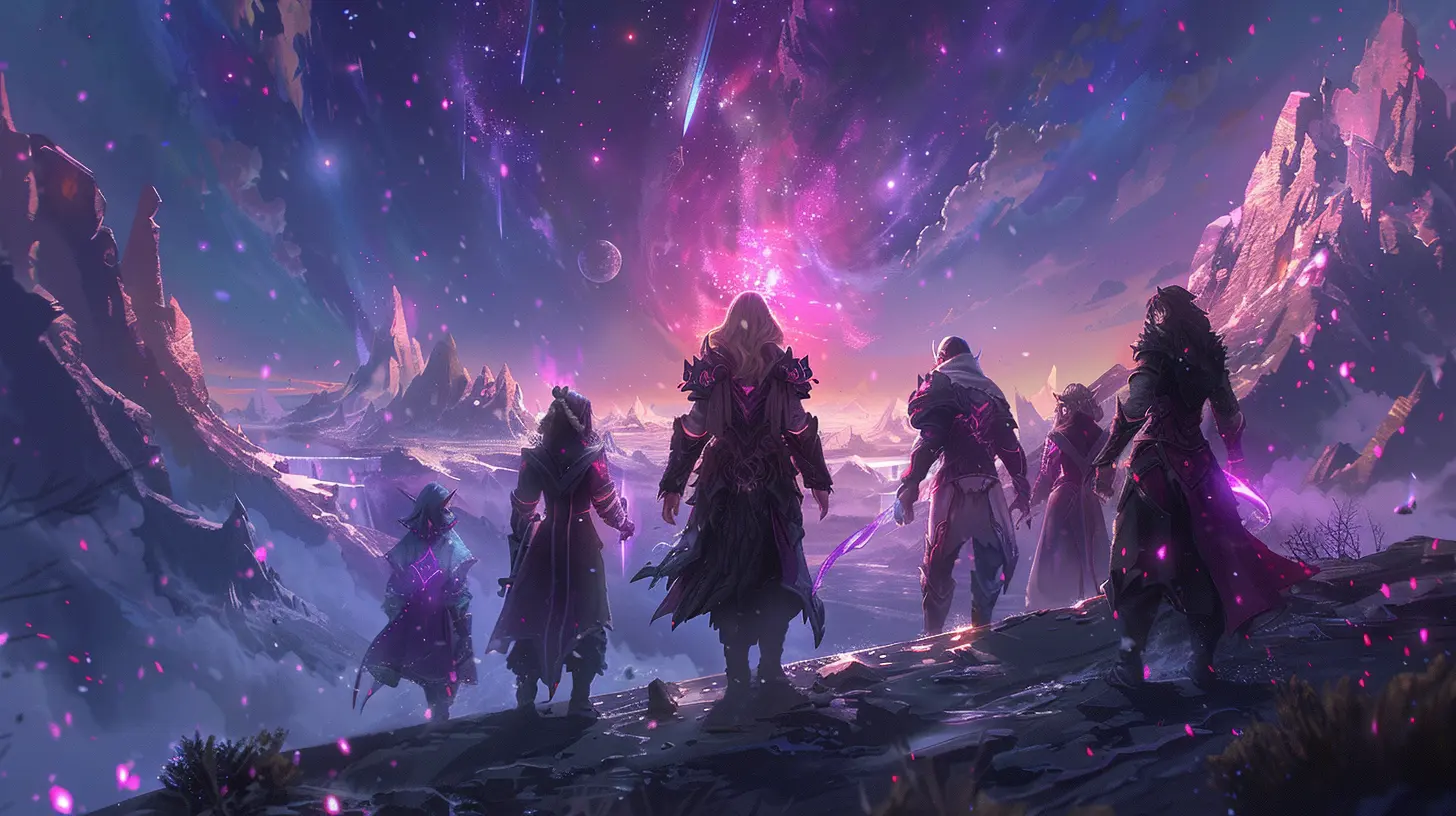
The Tools of the Trade: How Developers Achieve This Magic
1. Using Details to Tell Stories
Notice the small stuff. A broken sword lying next to a skeleton in a cave? That’s not just a decoration—it’s a story waiting to be uncovered.Developers often sprinkle the environment with little tidbits that hint at something bigger. It could be graffiti on a wall, a hidden journal, or even the way objects are arranged in a room. These breadcrumbs add layers to the narrative without uttering a single word.
2. Lighting and Atmosphere
Lighting is like the unsung hero of visual storytelling. Warm lighting can make a space feel safe and inviting, while cold, flickering lights can set your nerves on edge.Think about horror games. They thrive on dim lighting, shadowy corners, and sudden bursts of brightness to make you feel constantly on guard. A brightly lit battlefield, on the other hand, creates a sense of epic scale and heroism.
3. Sound Design
Ever noticed how the sound of creaking floorboards can make your skin crawl? Sound is a crucial part of environmental storytelling. The whispers of the wind, the distant roar of a waterfall, or even the absence of sound can set a powerful tone.Games like Dark Souls excel at using eerily quiet environments to make players feel isolated and anxious. That silence? It’s deafening.
Why Gamers Love Environmental Storytelling
At its core, environmental storytelling taps into something deeply human. We’re natural storytellers, and we crave connection and meaning. By playing an active role in uncovering a game’s story, we become more invested in the world, the characters, and the journey itself.It’s like baking a cake. You could buy one from the store, but there’s a special kind of satisfaction that comes from doing it yourself. Similarly, piecing together a story from environmental clues feels rewarding—it’s your story now.
The Challenges of Getting It Right
Of course, it’s not all sunshine and rainbows. Environmental storytelling isn’t easy to pull off. If developers go too subtle, players might miss key details. Go too obvious, and it feels forced.It’s a delicate balancing act. Every element, from the placement of objects to the pacing of the game, needs to align perfectly. When done poorly, players might feel lost or disconnected. But when done right? It’s pure magic.
The Future of Environmental Storytelling
As gaming technology evolves, so does environmental storytelling. With advancements like ray tracing, AI-driven NPCs, and procedurally generated worlds, we’re on the cusp of even richer, more immersive experiences.Virtual reality (VR) and augmented reality (AR) are also game-changers. Imagine stepping into a room and physically picking up objects to uncover a story. The possibilities are endless, and the future looks incredibly bright.
Wrapping It Up
Environmental storytelling is proof that the most powerful stories aren’t always told—they’re felt. It’s an art form that goes beyond words, bringing worlds to life in ways that linger with us long after we’ve put the controller down.So the next time you’re wandering through an empty hallway in a game, take a moment to look around. Notice the details, listen to the silence, and let the world speak to you. Chances are, it has a lot to say.

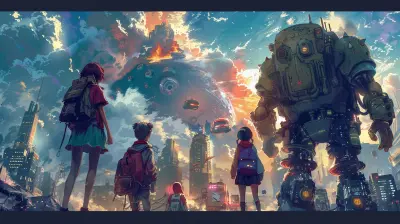

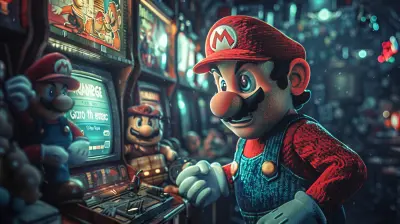





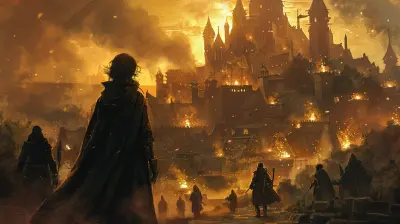

Xylo Fields
Nonverbal narratives enrich gameplay, inviting players to explore deeper connections with their surroundings.
February 2, 2025 at 4:05 AM